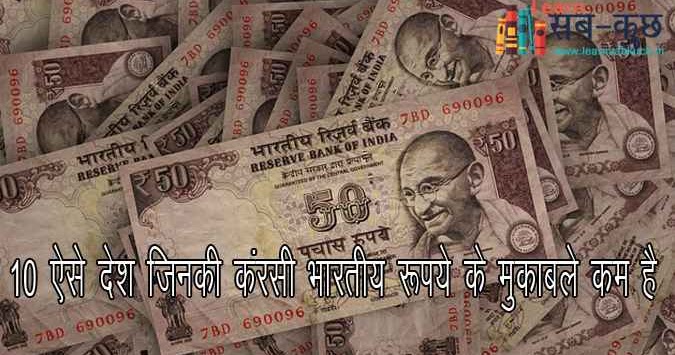
Additionally, if the rupee gains too much traction as a reserve currency, it could result in significant capital inflows and currency appreciation, which would lower exports' competitiveness. This might result in the rupee's depreciation, which would raise the cost of products and services from India on global markets.

The possibility that the dollar and pound might compete with the rupee as it becomes more active globally is another. The rupee's value would vary more, which would make it exceedingly difficult for enterprises and investors to plan for future trade and business operations in India. If there is an abrupt surge in demand, the rupee may become more volatile. What are the risks? The economy and political stability of India are linked to the value of the rupee, and both factors are susceptible to changes brought on by things like elections, economic slowdowns, and geopolitical tensions.

Additionally, it would increase the rupee's predictability and stability, which makes it a more appealing choice for international investors and central banks seeking to diversify their holdings. Increased trade and investment opportunities will result from the rupee's internationalisation as India's economy becomes more integrated with the world economy. Data from the RBI shows that from $12 billion in 2008 to $80 billion in 2020, foreign portfolio investments in India have increased.

With global corporations opening up facilities in India to tap into the nation's sizable and expanding market, the nation is evolving into a more alluring location for foreign investment.

Now is an opportune time for rupee internationalization The demand for the rupee is rising as a result of the booming commerce and investment in India's economy.


 0 kommentar(er)
0 kommentar(er)
